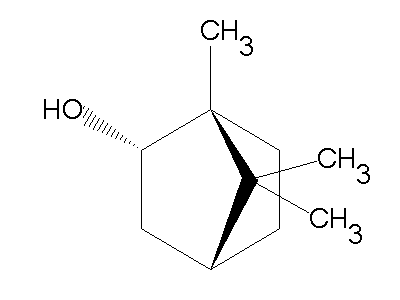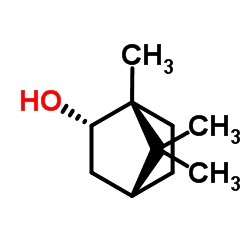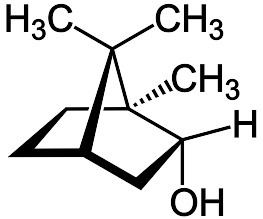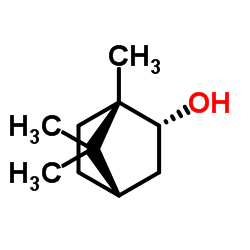Related compounds Density 1.01 g/cm³ Appearance colorless to white lumps | Formula C10H18O Boiling point 213 °C | |
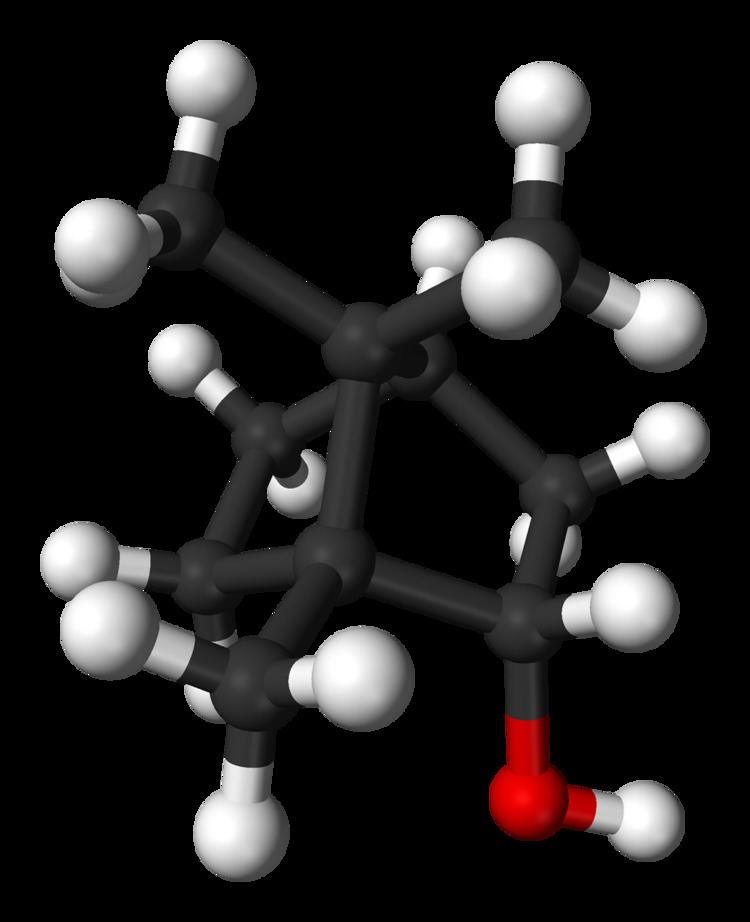 | ||
Borneol is a bicyclic organic compound and a terpene derivative. The hydroxyl group in this compound is placed in an endo position. There are two different enantiomers of borneol. Both d-(+)-borneol and l-(–)-borneol are found in nature.
Contents

Reactions

Borneol is easily oxidized to the ketone (camphor). One historical name for borneol is Borneo camphor which explains the name. (The compound was named in 1842 by the French chemist Charles Frédéric Gerhardt.) Borneol can be synthesized by reduction of camphor by the Meerwein–Ponndorf–Verley reduction (a reversible process). Reduction of camphor with sodium borohydride (fast and irreversible) gives instead the isomer isoborneol as the kinetically controlled reaction product.
Natural occurrences
Borneol can be found in several species of Heterotheca, Artemisia, Callicarpa", Dipterocarpaceae, Blumea balsamifera and Kaempferia galanga.
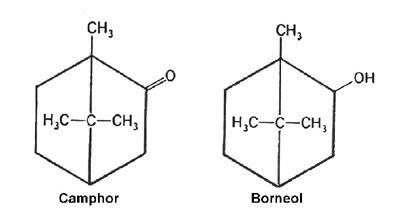
It is also one of the chemical compounds found in castoreum. This compound is gathered from the beaver plant food.
Uses
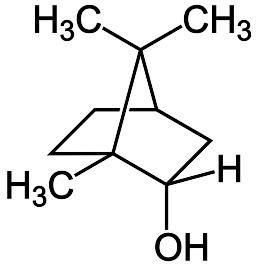
Whereas d-borneol was the enantiomer that used to be the most readily available commercially, the more commercially available enantiomer now is l-borneol, which also occurs in nature.
Borneol is used in traditional Chinese medicine as moxa. An early description is found in the Bencao Gangmu.
Borneol is a component of many essential oils, and it is a natural insect repellent.
Use in organic chemistry
Derivatives of isoborneol are used as chiral ligands in asymmetric synthesis:
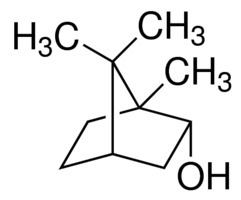
Toxicology
Borneol is an eye, skin, and respiratory irritant; and is harmful if swallowed.
